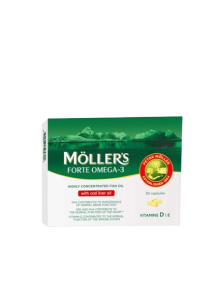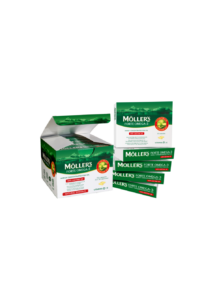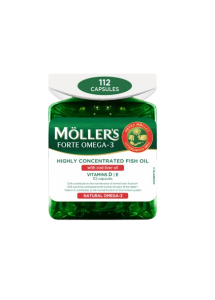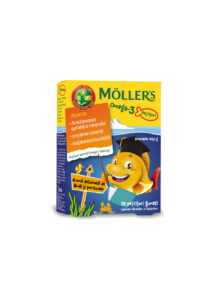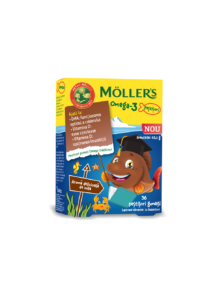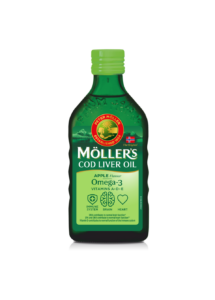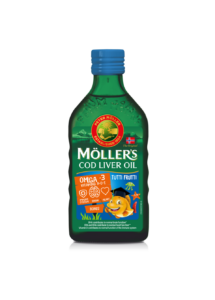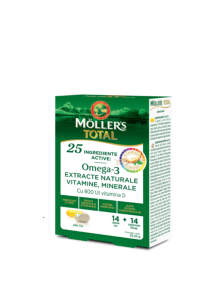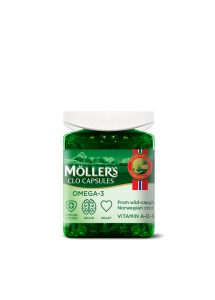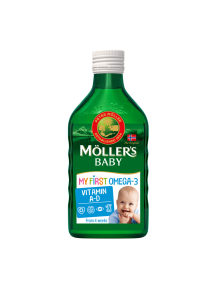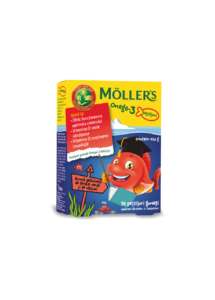Омега-3 е полезна за здравето на сърцето, мозъка и очите. Но тъй като тялото ви не произвежда ефективно омега-3 само, зависи от вас дали да ги добавите към вашата диета. Ето защо е полезно да знаете разликите между различните източници на омега-3.
Home » Не всички източници на омега-3 са еднакви

Типични източници на омега-3
Повечето хора знаят, че мазните риби като сьомга, пъстърва, сардини, скумрия, аншоа и херинга са добри източници на омега-3 – всъщност най-добрите източници. Това е така, защото тези риби имат морски дълговерижни мастни киселини, известни като EPA и DHA, мастните киселини с най-добри, доказани ефекти върху здравето.
Прочетете повече статии за омега-3 тук
Не само за вечеря
Не забравяйте, че хранителните продукти като хайвер и консервирана скумрия в доматен сос също имат високо съдържание на омега-3. Не е необходимо да приемате целия си прием на мастни киселини по време на вечеря, но е за предпочитане да го разпределите между храненията през целия ден. Защо не хапнете малко хайвер за мазане или няколко филета аншоа върху яйце за закуска? А какво ще кажете за няколко хрупкави хлебчета със скумрия в доматен сос за обяд?
Други източници на омега-3
Но какво ще стане, ако не обичате риба? Други храни, съдържащи омега-3, са орехи, тиквени семки, рапично масло, ленено семе и соя. Тези храни са богати на растителни късоверижни мастни киселини, наречени ALA. Това също е омега-3 мастна киселина, но не е толкова полезна за тялото, колкото морските мастни киселини. Тялото трябва да преобразува ALA в EPA и DHA, но само малко количество се преобразува и това е бавен процес.
Омега-3 като добавка
Поради това източниците на омега-3 са ограничени, поради което много хора предпочитат да приемат хранителна добавка, за да гарантират, че получават дневната си доза от 250 mg DHA и EPA. Но избирайте добавки внимателно, тъй като и тук има разлики в качеството. Една качествена добавка, като класическото масло от черен дроб на треска на Möller’s, трябва да съдържа добро количество от по-полезните морски мастни киселини.
What is good health?
Do you have a good lifestyle?
Lifestyle simply means the way in which you live. Health and lifestyle go hand in hand. You might feel you have a good lifestyle if you are physically active, eat healthily and generally experience a sense of wellbeing. Conversely, if you want good health you should also have a good lifestyle.
Physical activity is the major contributor to a good lifestyle, but diet, drugs, stress, sleep and social conditions are also play an important role. Being able to use the body properly to avoid injury also affects lifestyle. Physical activity can also prevent depression and help you to recover more quickly from mental illness, both of which obviously affect your lifestyle.
Diet can be a difficult topic for many. Perhaps you eat too much or too little or maybe you find it hard to know what foods to combine to have a balanced diet. It’s also important to eat food that contains important vitamins, minerals and dietary fibre, omega-3 and antioxidants. On top of all this, you also need to get enough energy, protein and the correct fatty acids. The requirement for these nutrients changes throughout your life. When you are older you also have different requirements than children and younger adults. Women also have different requirements than men. Pregnant and breastfeeding mothers also have special requirements.
When you get older, you lose muscle mass and your body requires less energy and therefore less food. You may lead a less active life than you did before, which is why you require less food. However, your need for minerals, vitamins and other nutrients remains the same. Of course, there are plenty of healthy and active older people, but when you reach 70 to 80 years of age, it’s easier to become ill, especially during flu season.
Some steps you can take to improve your lifestyle and health are to:
- eat a healthy and varied diet
- stay active
- watch your weight
- avoid too much alcohol and don’t smoke
- get enough sleep
- think positive
- practise good hygiene
What is good quality of life?
The World Health Organisation (WHO) defines quality of life as a state where the individual can realise their potential, cope with normal stressful situations, work in a rewarding and positive way, and be able to contribute to others and society.
Quality of life is a wide and somewhat diffuse concept that includes joy in, and a desire for, life. These are values that are rather felt than measured, which in turn are based on personal environment and choices. Quality of life doesn’t necessarily depend on being healthy or sick. It’s the moments between worries, sorrows, problems and ailments that matter. For example, if you have a chronic illness, a feeling of mastery can be important when talking about quality of life.
To sum up, quality of life is a combination of health, lifestyle, networks and social support. It’s about experiencing joy, meaning in life, satisfaction, security and a sense of belonging, as well as being able to use your strengths. It’s also about feeling interest in life, coping with everyday situations and a being committed to something or someone. If you have good quality of life, you will be able to cope better with the inevitable stressful situations in life.
Нашите продукти
Möller’s Forte Omega-3, 30 капсули
Möller’s Forte Omega-3, 150 капсули
НОВО! MÖLLER’S РИБЕНО МАСЛО ОМЕГА-3 С ВКУС НА ЛИМОН ЗА ЦЯЛОТО СЕМЕЙСТВО, 500 мл
МÖLLЕР’S ОМЕГАКОР, 60 капсули
Möller’s Forte Omega-3, 112 капсули
MÖLLER’S Омега-3 желирани рибки – портокалов вкус, 36 желирани бонбона
Möller's Omega-3 Желирани рибки Кола
Möller's масло от черен дроб на треска Ябълка
Möller's Масло от черен дроб на треска Тути Фрути
Möller's масло от черен дроб на треска Лимон
Möller's Тотал
Möller's Масло от черен дроб на треска на капсули
Möller's Мама и Бебе
Möller's Omega-3 Желирани рибки Ягода
Научете повече
Програма за упражнения за възрастни хора
ЗДРАВИ КОСТИ ЗДРАВОСТАРЕЕНЕ И
Здравословна диета по време на бременност
ЗДРАВОСЛОВНО СТАРЕЕНЕ МОЗЪК И
Здравословна диета по време на бременност
здравословно стареене МАСЛО ОТ ЧЕРЕН ДРОБ НА ТРЕСКА I
Почерпете вдъхновение в нашия Instagram
This error message is only visible to WordPress admins
There has been a problem with your Instagram Feed.
